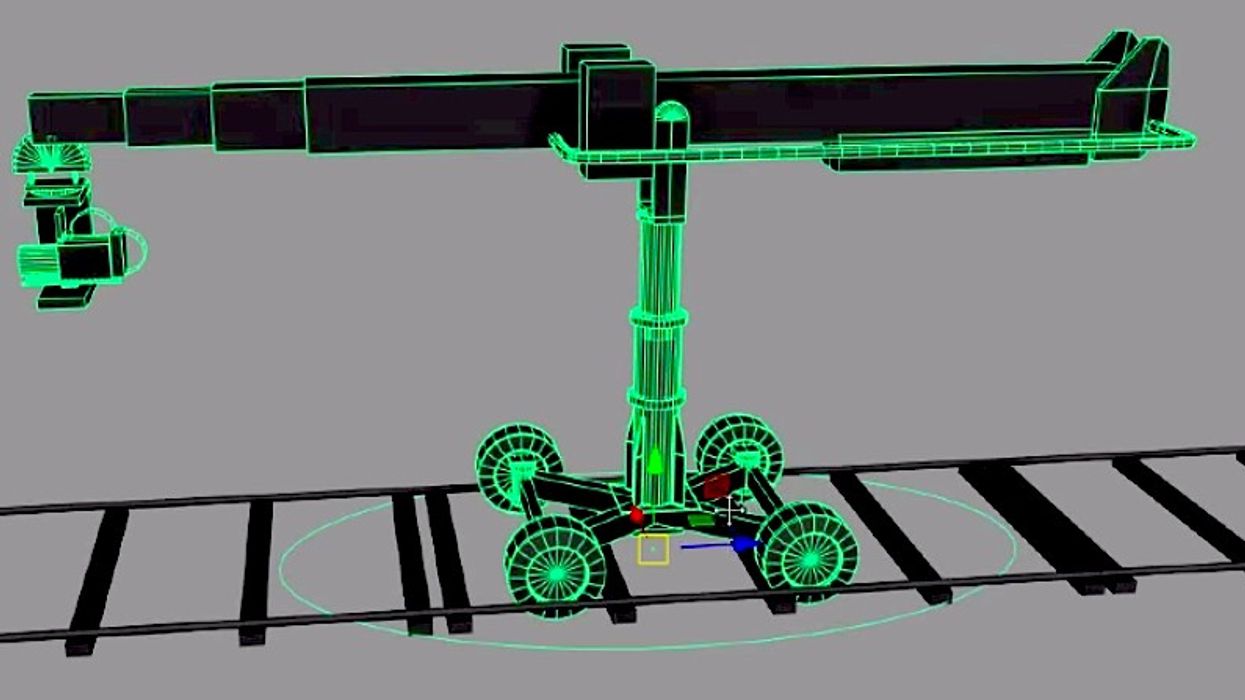Technocranes 101: What Is a Technocrane, & How Is It Operated?
Of the many camera movement technologies on the market today, the technocrane is easily one of the most versatile and powerful.

Throughout the history of cinema, the technocrane has been the foundation of some of the most stunning long takes and complex camera moves ever captured on film. The 8-minute opening scene from Robert Altman's satirical thriller The Player is perhaps one of the finest examples of what the technocrane can accomplish, although a quick YouTube search will yield countless others.
Here's an awesome BTS example of the Panavision Supertechno 100 being used on the set of "The Borgias."
Unfortunately for low budget filmmakers, the technocrane is also among the most expensive camera movement technologies, both in terms of the sheer cost of the equipment and the cost of the multiple specialized crew members needed to operate that equipment. With that said, the technocrane is ubiquitous in high-end filmmaking applications, as it's used in everything from features to commercials. For that reason, having a base knowledge of how the technology works and what the on-set protocol is for operating a technocrane can be extremely valuable information for someone looking to break into the industry.
Luckily, our friend Matt Workman, who DP'd the awesome Rube Goldberg machine commercial that we featured a little while back, put together a one-of-a-kind set of tutorials aimed at teaching the basics of technocrane.
First up, let's take a look at the what exactly a technocrane is, and the terminology used to describe its various components and the moves that it can create.
Now that you know the basic terminology, you're probably wondering what the on-set protocol for operating a technocrane is. Which crew positions are responsible for controlling the various functions of the crane? Do those positions change depending on the budget of the production? Here's the second part of the series in which Matt answers those questions and then some.
In the next part of this series, we'll take a look at some reasons why the technocrane is sometimes the best movement option for a given shoot, as well as some awesome examples of the types of shots that can be pulled off with a technocrane.
Source: Cinematography Database











